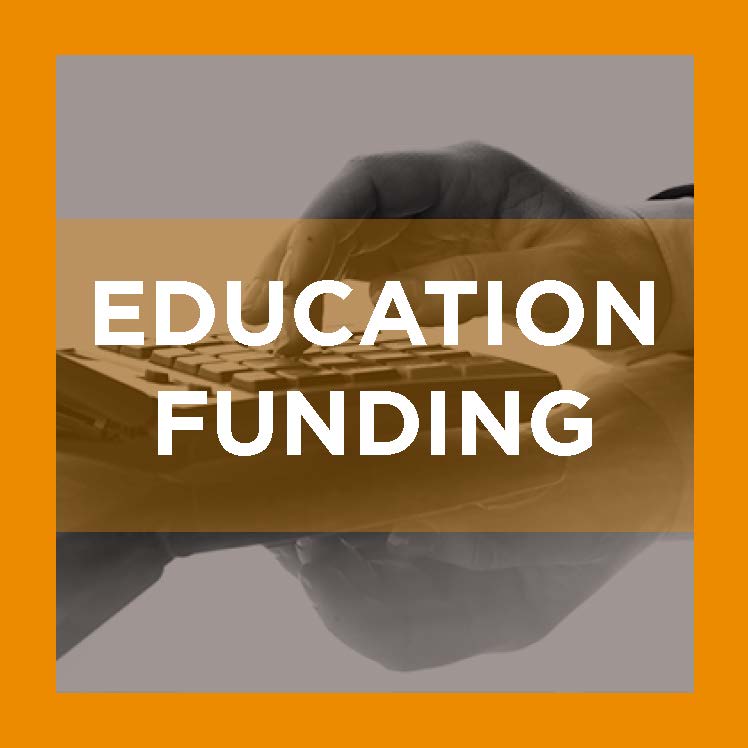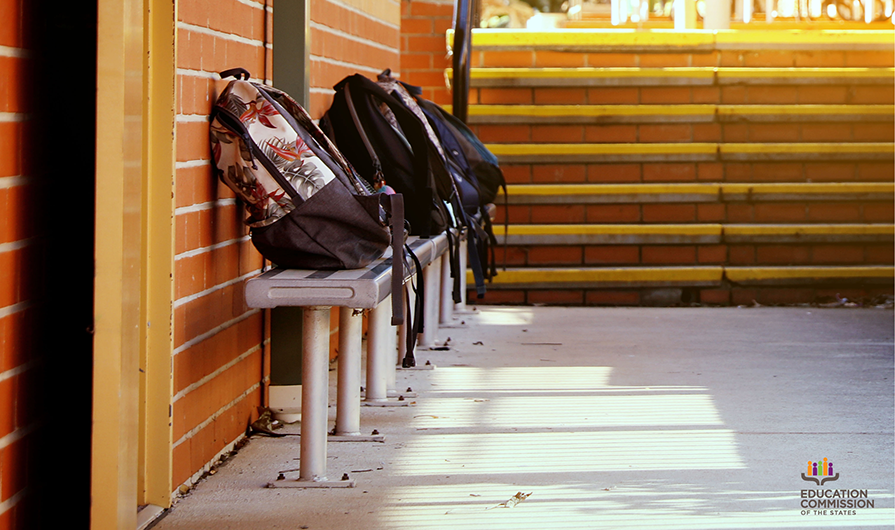In meeting-after-meeting in state-after-state I’ve been asked the same question, “Isn’t there some new way that we can fund public education?" People wonder why we stick with the current system that relies primarily on sales and income taxes for the state share of education funding, and property taxes for local school district’s contributions. Eventually someone will ask, “Why don’t we just pay for our public education system through other revenue streams that are more acceptable to the general public such as alcohol and tobacco taxes or lotteries?” While using this combination of “sin taxes” can sound appealing its just not a viable option for funding schools in the United States
Where Does the Funding Come From?
If we look at the 2014-15 school year (the most recent year that we have a full-set of data for) we can see that public K-12 education received $624.9 billion in total revenue with $290.2 billion (46.4 percent) coming from state sources, $277.4 billion coming from local sources (44.4 percent) and the remainder coming from federal sources (National Education Association). So we would need to raise $567.6 billion through taxes on alcohol, tobacco and lotteries to replace our current revenue sources.
Funding From State Lotteries
Currently 43 states generate revenue from public lotteries – the seven states that don’t are Alabama, Alaska, Hawaii, Mississippi, Nevada, Utah and Wyoming. In 2014 lotteries generated $21.3 billion in revenue for states (U.S. Census). While $21.3 billion sounds like it’s a lot of money it is actually less than 5 percent of the state and local share of public K-12 education spending. To put it another way, all of the revenue generated by state lotteries would only keep our public schools open for about six and a half days. To complicate the matter – lottery funds tend to be earmarked for specific purposes in each state. In some states lottery funds may be earmarked for schools but in others these funds are targeted to parks, higher education scholarships or a myriad of other purposes. So even if lottery funding were dramatically increased in states the revenues that it generates would not necessarily go to public schooling.
Alcohol and Tobacco Taxes
Alcohol and tobacco taxes tend to be small contributors to state budgets. In 2014 states generated $4.8 billion in tobacco taxes and $1.6 billion in alcohol sales (U.S. Census). Together these two revenue sources generated about $6.4 billion for states - which is enough funding to keep our public schools open for about two days. Just like lottery funds, tobacco taxes tend to be earmarked for specific purposes such as public health initiatives. Thus increasing tobacco taxes may not generate any additional funding for education in some states.
Sin Taxes are Just Not the Answer
Together lotteries and taxes on alcohol and tobacco generated $27.7 billion for states in 2014. To fund the state and local share of public education we would need to increase the amount of revenue from these sources by more than twentyfold – which is just not practical. A twentyfold increase in these revenue sources would either require people to smoke, drink and gamble 20 times as much as they do now – which would have a tremendous detrimental impact on our country - or we would need to increase revenue on these resources by 20 times while getting people to consume the same amount. It’s just not practical to use these sin taxes to replace our current revenue sources for public education.





